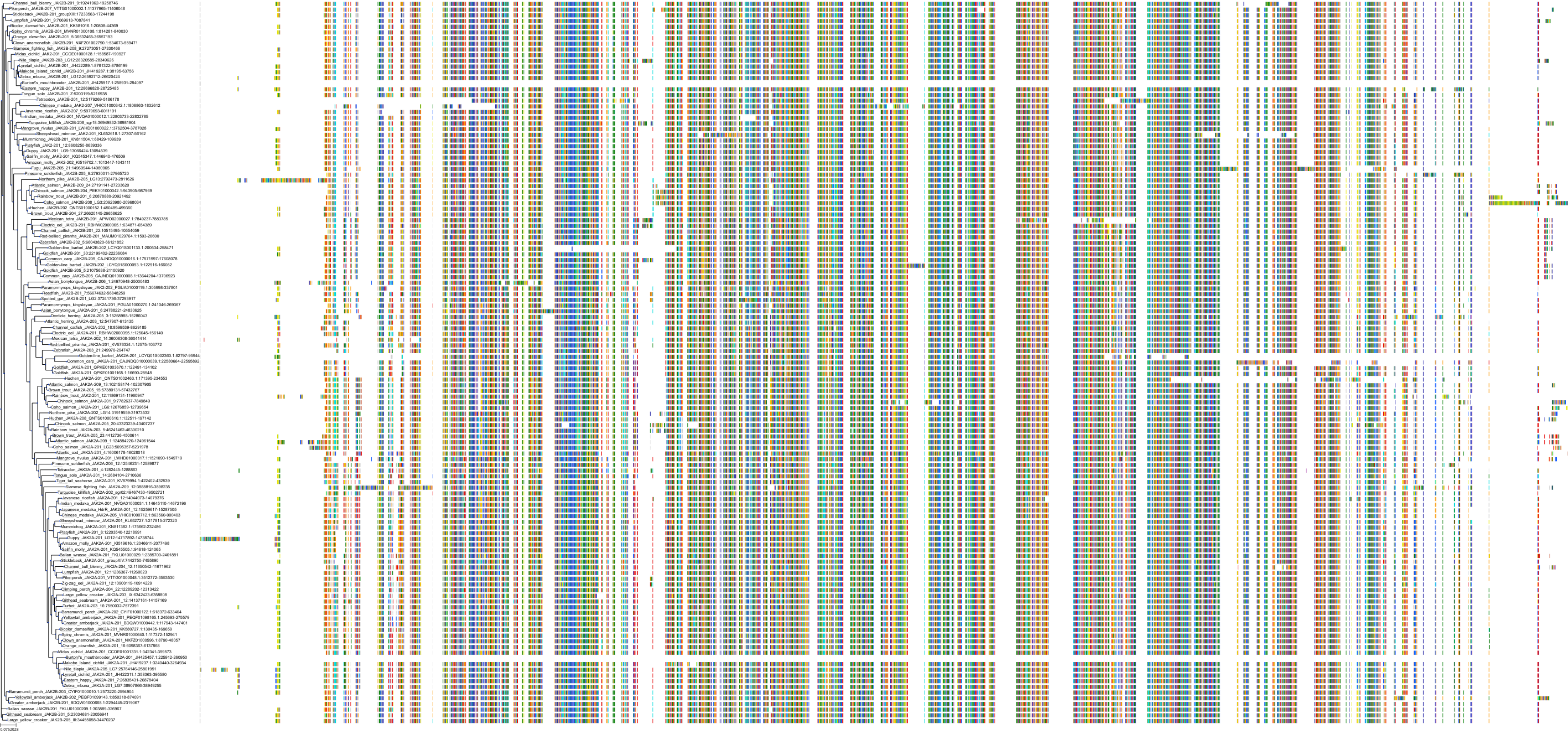| Synonyms | |
| Status | |
| Molecule Category | Free-form |
| UNII | KL2Z2TLF01 |
| EPA CompTox | DTXSID50239469 |
Structure
| InChI Key | PDOQBOJDRPLBQU-QMMMGPOBSA-N | |
|---|---|---|
| Smiles | ||
| InChI |
|
Physicochemical Descriptors
| Property Name | Value | |
|---|---|---|
| Molecular Formula | C14H14ClFN8 | |
| Molecular Weight | 348.77 | |
| AlogP | 3.01 | |
| Hydrogen Bond Acceptor | 7.0 | |
| Hydrogen Bond Donor | 3.0 | |
| Number of Rotational Bond | 5.0 | |
| Polar Surface Area | 104.3 | |
| Molecular species | NEUTRAL | |
| Aromatic Rings | 3.0 | |
| Heavy Atoms | 24.0 |
Bioactivity
|
Protein: Tyrosine-protein kinase JAK2 Description: Tyrosine-protein kinase JAK2 Organism : Homo sapiens O60674 ENSG00000096968 |
||||
| Targets | EC50(nM) | IC50(nM) | Kd(nM) | Ki(nM) | Inhibition(%) | ||
|---|---|---|---|---|---|---|---|
|
Enzyme
Kinase
Protein Kinase
TK protein kinase group
Tyrosine protein kinase JakA family
|
- | 1360 | - | - | - | ||
|
Enzyme
Kinase
Protein Kinase
TK protein kinase group
Tyrosine protein kinase JakB family
|
- | 1360 | - | - | - | ||
|
Enzyme
Kinase
Protein Kinase
TK protein kinase group
Tyrosine protein kinase Trk family
|
- | 3 | - | - | - | ||
|
Transcription factor
|
- | 23-80 | - | - | - |
Cross References
| Resources | Reference | |
|---|---|---|
| ChEMBL | CHEMBL1231124 | |
| DrugBank | DB12588 | |
| FDA SRS | KL2Z2TLF01 | |
| Guide to Pharmacology | 5933 | |
| PDB | AZ5 | |
| PubChem | 16659841 | |
| SureChEMBL | SCHEMBL3345019 | |
| ZINC | ZINC000058631551 |









